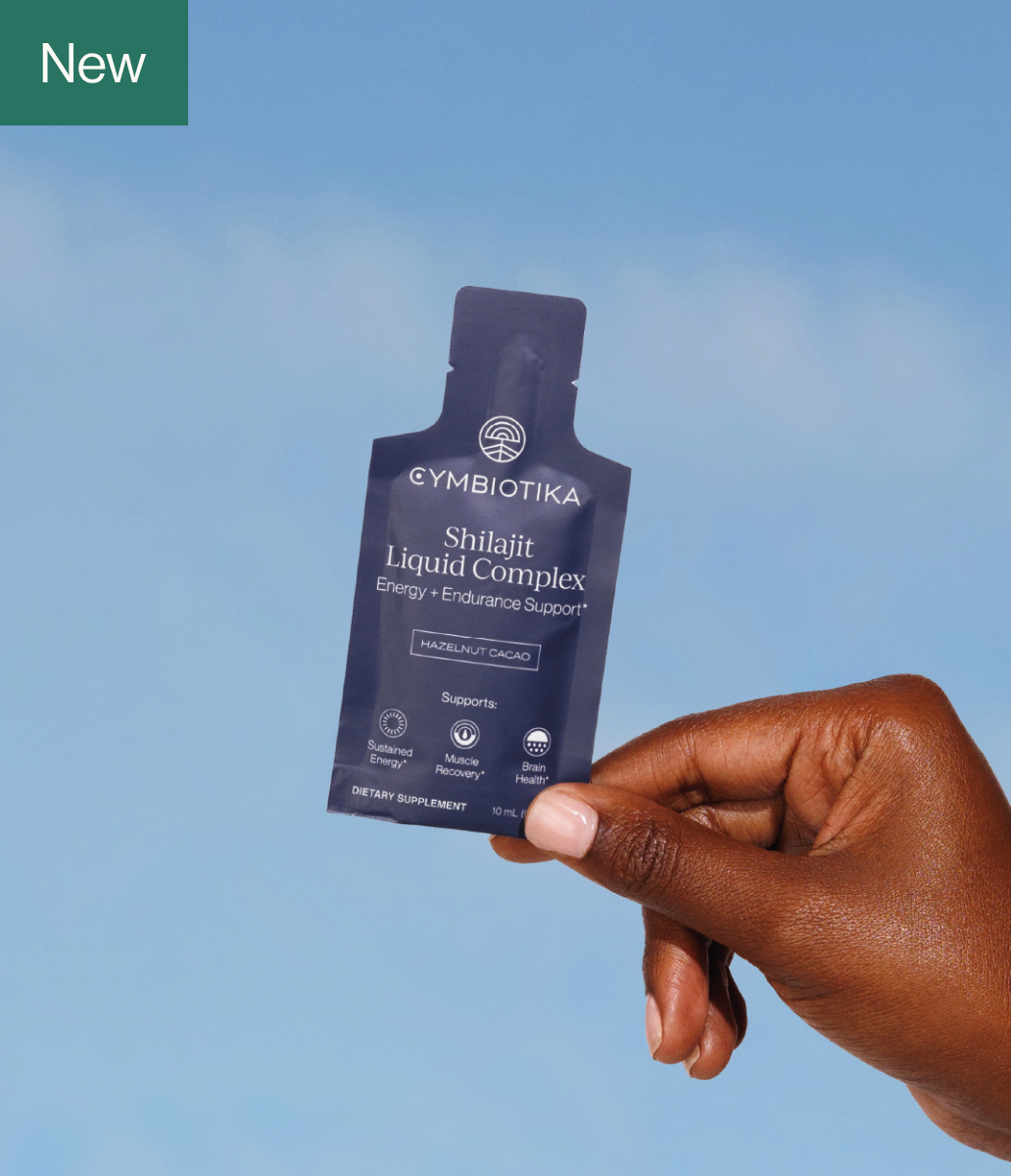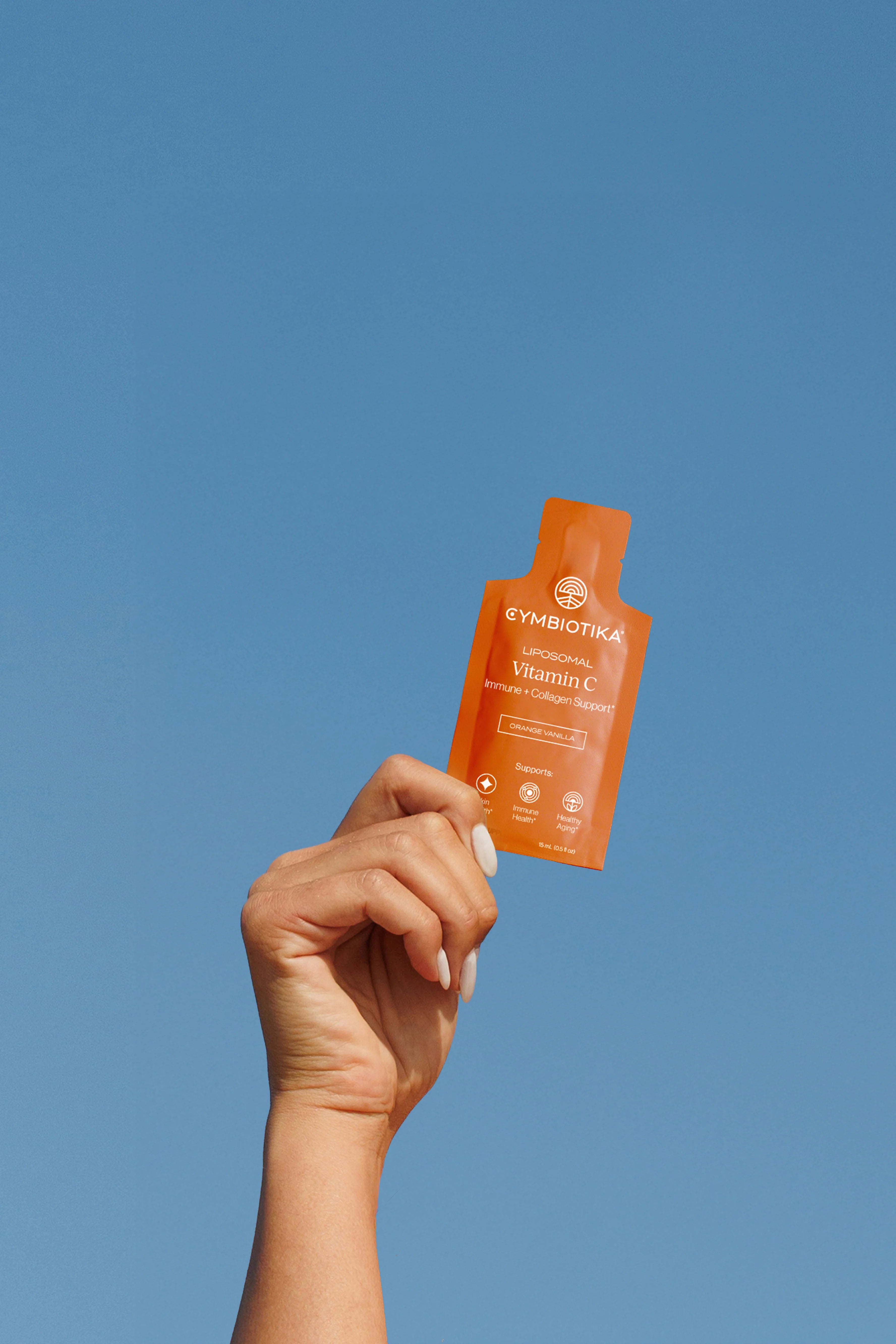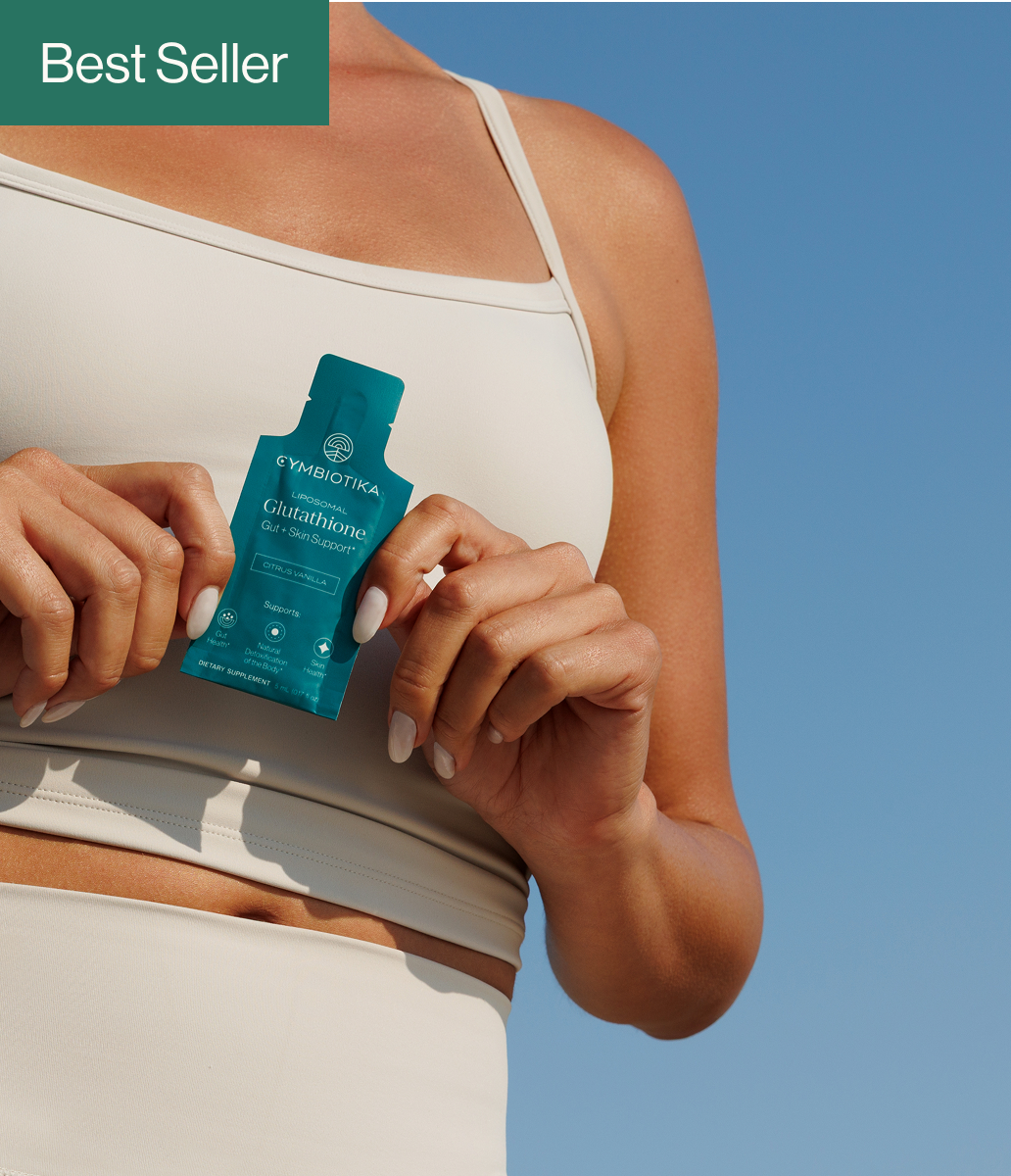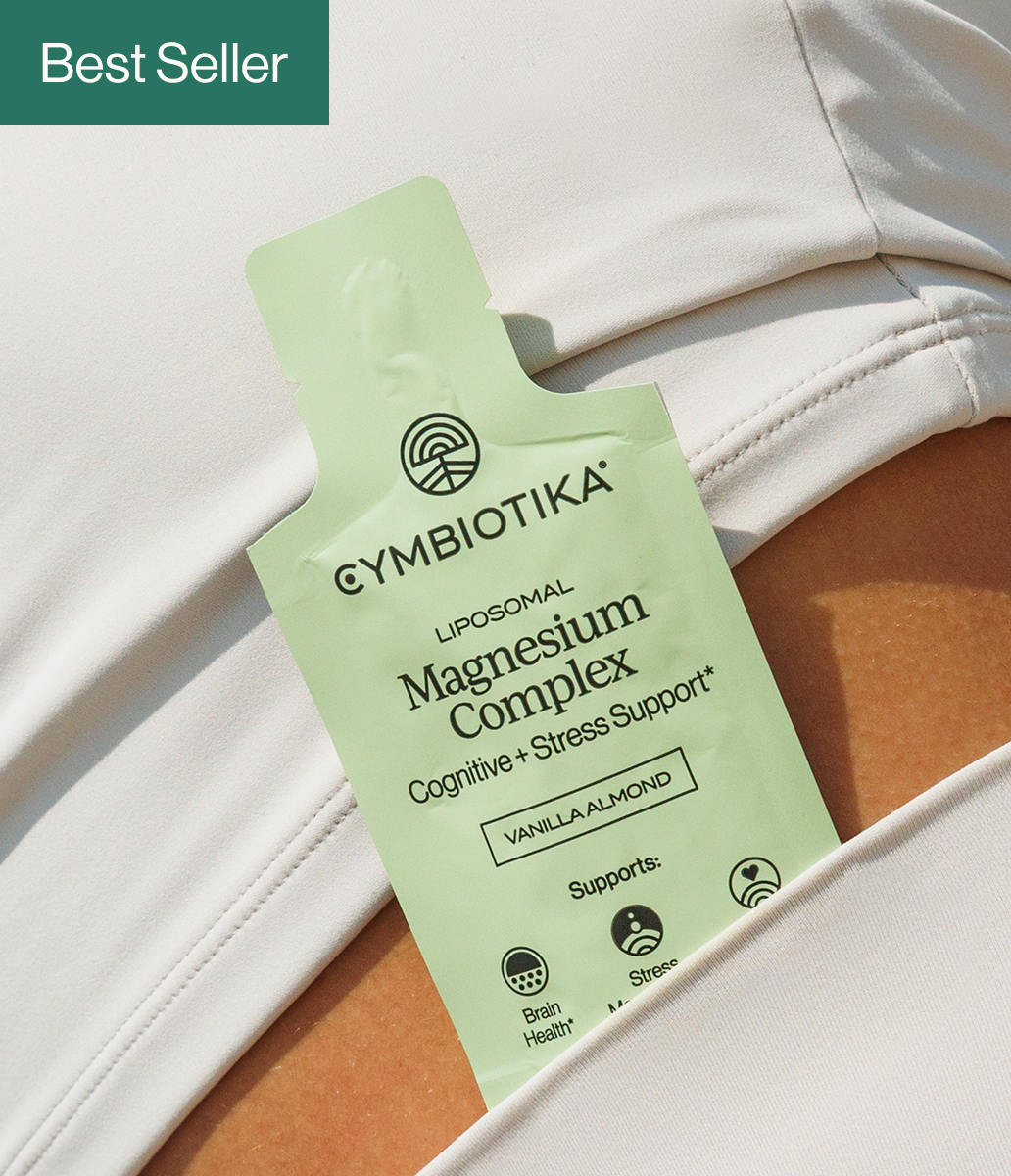Table of Contents
- Introduction
- The Digestive Process: What Happens After Eating?
- How Long Should You Wait After Eating Before Doing Cardio?
- What to Eat Before Cardio
- Common Misconceptions About Cardio After Eating
- Listening to Your Body: Personalizing Your Approach
- Conclusion
Introduction
Have you ever found yourself on the treadmill, contemplating whether you should have that post-lunch cardio session or let your food settle? You're not alone. Many of us face this dilemma, especially when balancing our busy schedules with fitness goals. The relationship between eating and exercising is often clouded with myths and personal anecdotes, leaving many wondering, "Can you do cardio after eating?"
In this blog post, we’ll explore the intricacies of exercising post-meal, the science of digestion, and provide practical guidelines that can help you optimize your workouts. We’ll delve into how various factors, such as the size and composition of your meal, influence your ability to perform cardio effectively. By the end, you'll gain a comprehensive understanding of how to time your workouts around meals for maximum efficiency.
At Cymbiotika, we believe that wellness starts with trust and transparency. We are dedicated to empowering our community with science-backed insights to make informed choices about health and fitness. As we unpack the topic of cardio after eating, we’ll also share our commitment to quality supplements designed to support your wellness journey.
Let’s embark on this exploration together, addressing questions like: How long should you wait after eating before doing cardio? What types of meals are best to consume before a workout? And how can we tune into our bodies for optimal performance?
The Digestive Process: What Happens After Eating?
Understanding digestion is crucial to answering the question of whether you can do cardio after eating. When we consume food, our bodies initiate a complex process that involves breaking down the food into nutrients that can be absorbed.
-
Digestion Basics: After eating, the body shifts into what’s known as "rest and digest" mode. Blood flow is redirected to the digestive organs, where enzymes break down food primarily in the stomach and small intestine. Depending on the composition of your meal—specifically the balance of carbohydrates, proteins, and fats—this process can take anywhere from 30 minutes to several hours.
-
Meal Composition Matters: Meals high in fat and protein take longer to digest than meals rich in simple carbohydrates. For instance, a heavy steak dinner might leave you feeling sluggish for longer compared to a light salad with grilled chicken. Understanding this can help you make informed choices about what and when to eat in relation to your workout.
-
Impact on Exercise: Engaging in cardio too soon after a meal can lead to discomfort, as the body struggles to divert blood flow between the digestive system and the working muscles. This competition can result in symptoms such as cramping, nausea, or sluggishness, detracting from your workout quality.
How Long Should You Wait After Eating Before Doing Cardio?
Determining how long to wait before engaging in cardio post-meal is not a one-size-fits-all answer. Several factors come into play, including meal size, composition, and individual digestive speed. Here’s a breakdown:
-
Full Meals: Generally, it’s recommended to wait 2 to 3 hours after consuming a full meal before doing intense cardio. This timeframe allows your body to digest the food adequately, reducing the risk of discomfort during your workout.
-
Snacks: If you’ve had a small snack—like a piece of fruit or a handful of nuts—a wait time of 30 to 60 minutes is usually sufficient. These lighter options digest more quickly and provide a ready source of energy for your workout.
-
Personal Preferences: Everyone's body responds differently to food and exercise. Some may feel comfortable doing light cardio 30 minutes after eating, while others may need to wait longer. It’s essential to listen to your body and experiment to find what works best for you.
Factors Influencing Your Wait Time
- Type of Cardio: High-intensity workouts may require a longer wait compared to moderate activities like walking or yoga.
- Individual Digestion Rates: Factors such as metabolism, hydration, and even stress levels can affect how quickly you digest food.
- Food Choices: High-fiber, protein-rich, or fatty meals will generally require more time to settle than simple carbohydrates.
What to Eat Before Cardio
When considering what to consume before your cardio session, the timing and type of food play a critical role in performance. Here are some guidelines to help you choose wisely:
-
Pre-Workout Meal: If you plan to eat a full meal before a workout, aim for a balanced plate that includes:
- Carbohydrates: These are your primary fuel source. Opt for complex carbs like whole grains, fruits, or vegetables.
- Lean Protein: This can help with muscle repair. Good options include chicken, fish, or legumes.
- Healthy Fats: While fats are essential, limit their intake before a workout as they take longer to digest.
A well-rounded meal example could be a quinoa bowl with grilled chicken, mixed veggies, and a light dressing.
-
Pre-Workout Snack: If you're closer to workout time, stick to lighter snacks that are easily digestible. Some ideas include:
- A banana or apple with almond butter.
- A small smoothie made with fruit and yogurt.
- A handful of pretzels or rice cakes with a little bit of cheese.
-
Hydration: Don’t forget to hydrate! Drinking water before and during your workout is crucial for maintaining performance and avoiding dehydration.
Common Misconceptions About Cardio After Eating
There are several myths surrounding the topic of cardio after eating that can cloud judgment. Let’s debunk a few of them:
-
You Must Wait Several Hours: While it's true that you shouldn’t jump into a workout immediately after eating, the idea that you need to wait an entire day or more is exaggerated. Listen to your body and adjust based on the intensity and size of your meals.
-
You Can’t Do Cardio After Eating at All: Some people successfully engage in low-intensity cardio shortly after eating. If you feel comfortable and your body is responding well, there’s no strict rule against it.
-
High Protein Means No Cardio: While it’s wise to avoid heavy protein meals right before a workout, smaller portions of protein can be included in pre-workout snacks without issue.
Listening to Your Body: Personalizing Your Approach
At Cymbiotika, we emphasize the importance of understanding your own body and its unique responses. Here are some tips on how to personalize your approach to cardio after eating:
-
Track Your Responses: Keep a workout and food journal to note how different meals and snacks affect your workouts. Over time, you'll notice patterns that can help guide your pre-workout choices.
-
Experiment with Timing: Don’t hesitate to try different waiting periods after eating to see what makes you feel your best. Some might find a 30-minute wait ideal for a light snack, while others might prefer a longer wait after a heavier meal.
-
Combine with Supplements: To further enhance your workout performance, consider integrating high-quality supplements into your routine. At Cymbiotika, we offer a range of science-backed options designed to support overall wellness and exercise efficiency. Our supplements utilize advanced liposomal delivery methods for optimal bioavailability.
Conclusion
The question "Can you do cardio after eating?" doesn’t have a definitive answer, as it largely depends on individual factors and the specifics of your meal. By understanding the digestive process, timing your workouts properly, and listening to your body, you can optimize your fitness routine effectively.
Remember that nutrition plays a crucial role in your workout performance. A well-timed, balanced diet can enhance your energy levels, boost recovery, and help you achieve your fitness goals. As you navigate your wellness journey, we encourage you to explore how Cymbiotika’s quality supplements can complement your lifestyle, providing the support you need to thrive.
FAQs
-
How long should I wait to exercise after eating?
- Generally, waiting at least 30 minutes to an hour after a snack and 2 to 3 hours after a full meal is recommended.
-
What types of exercises are best after eating?
- Light to moderate exercises like walking or yoga are safe, while high-intensity workouts should be avoided immediately after a large meal.
-
Can I work out one hour after eating?
- Yes, but it depends on the type and size of the meal. A small snack may allow for a workout after an hour, but a larger meal typically requires more time.
-
Can you do cardio after eating?
- Yes, but it’s best to wait at least two hours after a full meal or 30 minutes after a smaller snack to avoid discomfort.
-
What should I eat before cardio?
- Aim for a balanced pre-workout meal or snack that includes carbohydrates and lean proteins, while keeping fats to a minimum, especially close to workout time.
By applying these insights and strategies, you can enhance your cardio workouts and feel your best while doing it. Remember, every body is unique, and finding what works for you is key to a successful fitness journey!
*These statements have not been evaluated by the Food and Drug Administration. This product is not intended to diagnose, treat, cure, or prevent any disease.























